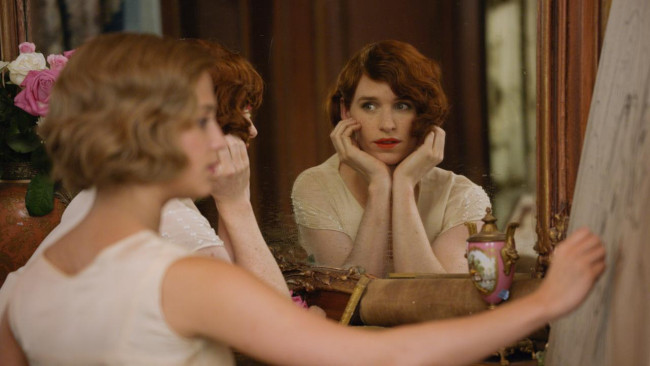MOVIE REVIEW: ‘The Danish Girl’ addresses today’s transgender issues through a true story from 1926


‘The Danish Girl’
Rating: 



Check movie times.
Last year, the public spotlight was cast on transgender issues.
For the first time, a high-profile transition had captured the general public’s attention. Caitlyn Jenner was an inspiration for many, raising questions for some and bringing out deplorable hate speech from far too many others.
2015 introduced people to a struggle that those in the transgender community have dealt with for their entire lives, forcing them to start thinking, asking questions and, most importantly, seeking answers and understanding.
“The Danish Girl” touches on these thoughts and questions in a compelling way.
The movie tells the true story of the first person to go through gender reassignment surgery, but it has far more to offer than just Lili Elbe’s tale; it beautifully tackles what it’s like to go through an identity crisis and captures the difficulty of dealing with transition, both personally and for those closest to them.
Eddie Redmayne plays lead character Einar Wegener, a famous artist in 1926 Copenhagen who begins to struggle with his gender identity. His wife Gerda, played by Alicia Vikander, does all she can to try and understand what her husband is going through but strains with the transition as well.
Vikander and Redmayne are the stars of the show here. Both of them are brilliant in their roles, portraying the complicated emotions a married couple going through and trying to comprehend this intricate issue and how it impacts their relationship.
And, man, is this a complex relationship. Before he begins his transition, the two are a great couple. They get along well and seem to sincerely love one another throughout the entire film, even while their bond is under extraordinary pressure.
It reminded me of the mesmerizing dynamic between Redmayne’s Oscar-winning performance of Stephen Hawking and his wife in “The Theory of Everything,” which was also a fantastic portrayal.
I do have some issues with the film, however. For one, I found the pacing in the middle dragged a bit. They seemed to focus on certain things for a bit too long, ignoring other unanswered questions. This left me a bit unsatisfied, but not enough to hamper my enjoyment too much.
Aside from the excellent performances from the two leads, the film had some great cinematography, but it really hits its stride when it examines the way society and people around Einar, who became Lili Elbe, react. Many, even medical professionals, call him mentally ill or insane.
Now, based in 1926, I would expect those types of reactions. However, I couldn’t help but notice that people were saying the same things and asking the same questions about people going through reassignment today. For an issue as important as gender identity, the film helps shine a spotlight on exactly how little progress has been made. While science may have advanced, sadly, the general public’s level of understanding and awareness has not increased as much.
“The Danish Girl” is not only a solid film, but it serves as a mirror to the audience. How much do we, as individuals and as a society, understand and empathize with those going through a transition? Do we really understand the complexity of gender even after a year of attention in the public eye? Fortunately, viewers can contemplate these issues while still enjoying a captivating story.



